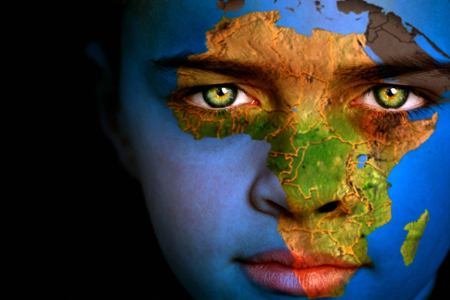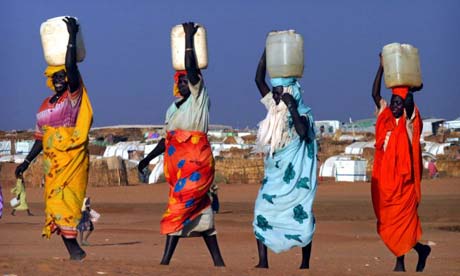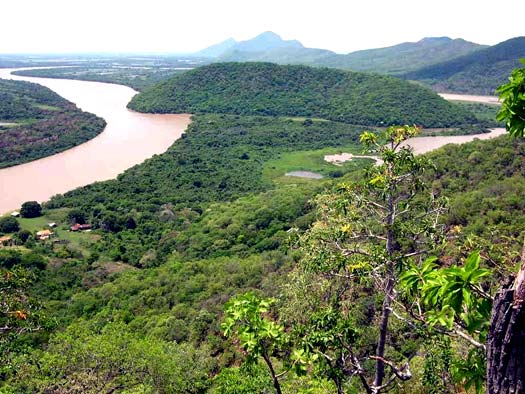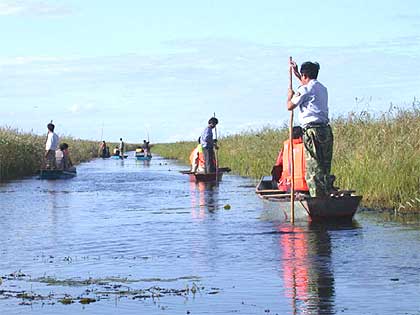• The WHO/UNICEF 2000 Assessment statistics for sanitation for 43 of Africa’s large cities showed that 19% of the population remains unserved. Among these populations, only 18% have toilets connected to sewers, a very low proportion as confirmed by an analysis of the Demographic and Health Surveys suggesting that a mere 25% of Africa’s urban population has access to toilets connected to sewers.
This conclusion is also supported by statistics on the proportion of households with sewer connections in the largest city in each African nation. In most of these cities, less than 10% of the population has sewer connections while in many, including Abidjan (Cte dIvoire), Addis Ababa (Ethiopia), Asmara (Eritrea), Brazzaville (Congo), Cotonou (Benin), Kinshasa (Congo), Libreville (Gabon), Moroni (Comoros), NDjamena (Republic Of Chad), Ouagadougou (Burkina Faso), and less than 2% have connections. Read more






